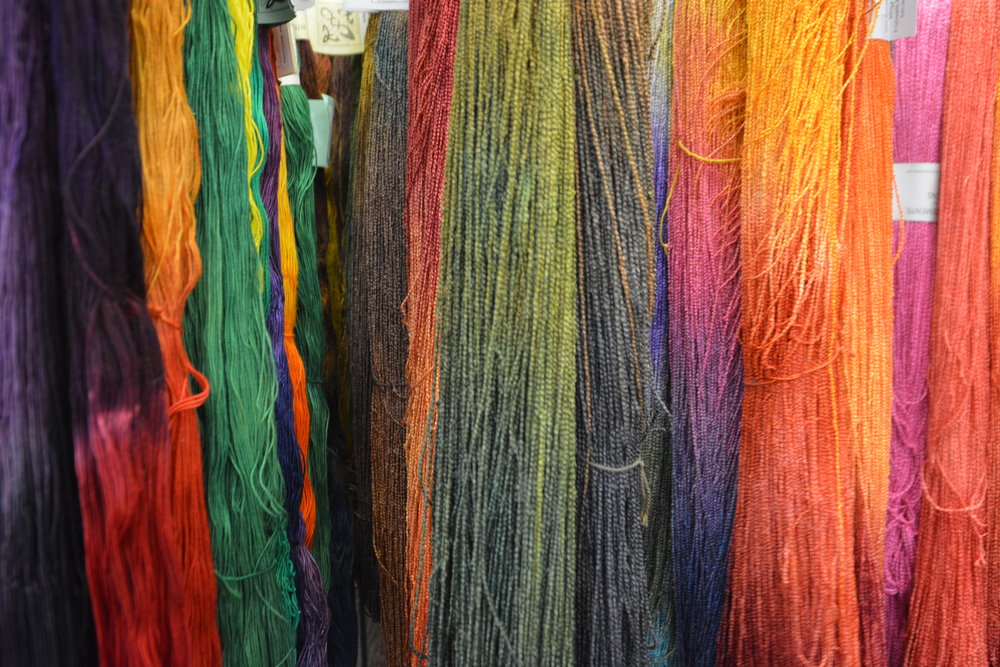Fashion inventions that changed the fashion industry for the greater good
Fashion is the world’s biggest industry giving the earning for more than 2.5 trillion people around the world. It is an industry that seeks to bloom in every condition and still be the success. As we have seen in this lockdown, many have limited their retail shopping but the fashion industry has found the loophole through the designer mask production to make the living amid this pandemic.Now, sure it came a long way and had crossed many milestones (and still are breaking more), there are few inventions that helped speed up this industry. Today we‘re gonna learn about the seven most important innovations that helped pushed the fashion industry to where it is today.
- Needles:
How would a person sew a garment if there wasn’t a needle? Like we all know the oldest fashion of wearing clothing on the body was practiced by Greece where they used to drape fabric on their body and pin or tuck by the use of some brooches or pins un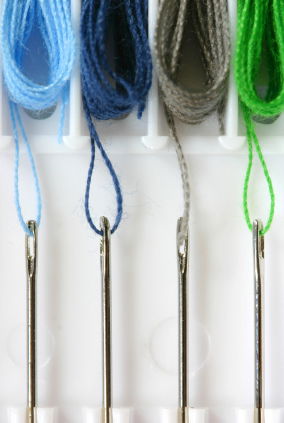 til the needle was invented.
til the needle was invented.
Did you know? The needle was originally made of animal bone and was used to sew clothes for the people living in the cold area saving them from the freezing surrounding. As time passed, metals were used to make the needle and over time the functions on the use of the needles were modified. Hand embroidery becomes the first and the most prestigious surface ornamentation technique and that started giving the face to an expression of the fashion industry.
- Spinning wheels:
Spinning wheels are the manual operative machine that turns the fiber into the filament or we can say can make a thread by feeding the cotton. It was a crucial need for the generation as it was the sole reason for the production of yarn and speed up the process of manufacturing and then the supplies.

Notable versions of spinning wheels include the Charkha, among the oldest machines and they have a wheel moved by hand; the ‘great wheel’, often larger and also with a wheel moved by hand; and the treadle wheel, which has a foot peddle that spins the wheel.
- Weaving Mills:
Spinning wheels were making the thread and weaving was done by using backstrap looms to make small pieces of cloth and vertical frame and single-heddle looms for larger pieces. Weaving mills helped in providing the luxury of finely made fabric to the middle or lower class as the production has again raised to the limits as the speed of the weaving mill to generate the fabrics was many times faster and exquisite quality was presented by the mills.
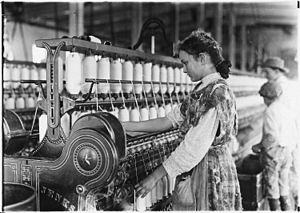
It was the time when haute couture was introduced in the fashion industry and many fashion designers and seamstresses were getting recognition after the invention of spinning wheels.
- Sewing machines:
The history of the sewing machine wouldn’t exist without the artistry of hand sewing. People started sewing by hands almost 20,000 years ago. Our inventive instinct explains the natural progression to want to improve sewing techniques and make it less laborious.
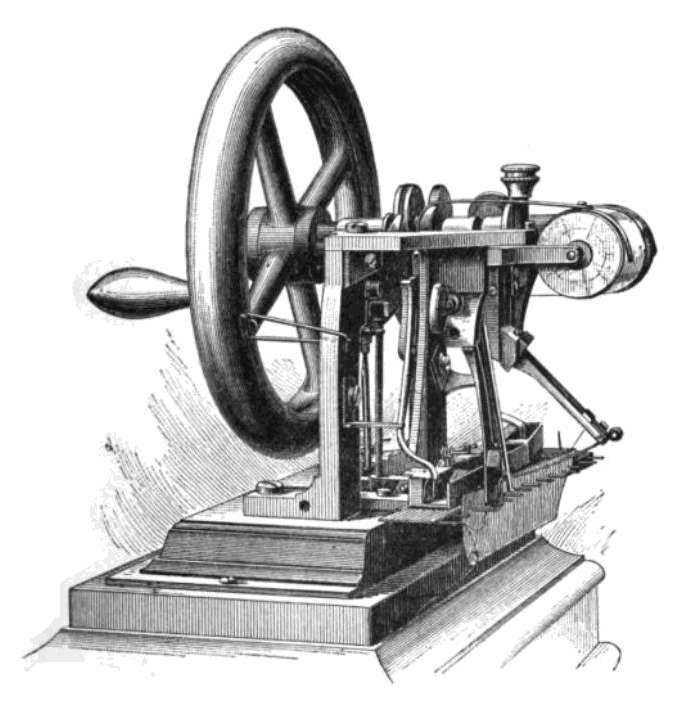
Sewing machines were first purchased by the general public in the 1860s, often by women, which cut down their sewing time from approximately 14.5 hours by hand, to 1 hour using the machine and by 1863, the Singer Manufacturing Company were selling 20,000 machines a year for home use.
- Zippers:
Can you imagine a garment without an opening? Yeah.. me neither, that’s how important zippers are which were first invented by Whitcomb Judson and were called “clasp locker”. Later the new name of ZIPPER was given by the B.F. Goodrich Company, when they started using the zippers as fasteners on the rubber boots they produced.
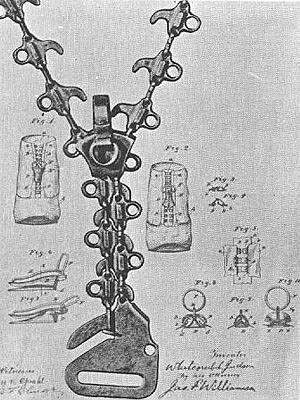
Sewing machines were first purchased by the general public in the 1860s, often by women, which cut down their sewing time from approximately 14.5 hours by hand, to 1 hour using the machine and by 1863, the Singer Manufacturing Company were selling 20,000 machines a year for home use.
- Synthetic dye:
Accidents are the name of greatest of all inventions. So true in this case. synthetic dye, as we know today is one of the most important aspects of the fashion industry for surface design, but did you know that teenage scientist William Perkin accidentally invented the synthetic dye while he was trying on the science experiment.
Dyeing is a very crucial process. In a competitive market that we have, reliable, cost-effective products, as well as the latest technological solutions, are vital for businesses to survive.
- Spandex:
Spandex was invented in late 1958 by Joseph C. Shivers, as the synthetic substitute material for rubber as the rate of rubber was fluctuating during world war and most of the rubber was being used in making war equipment.
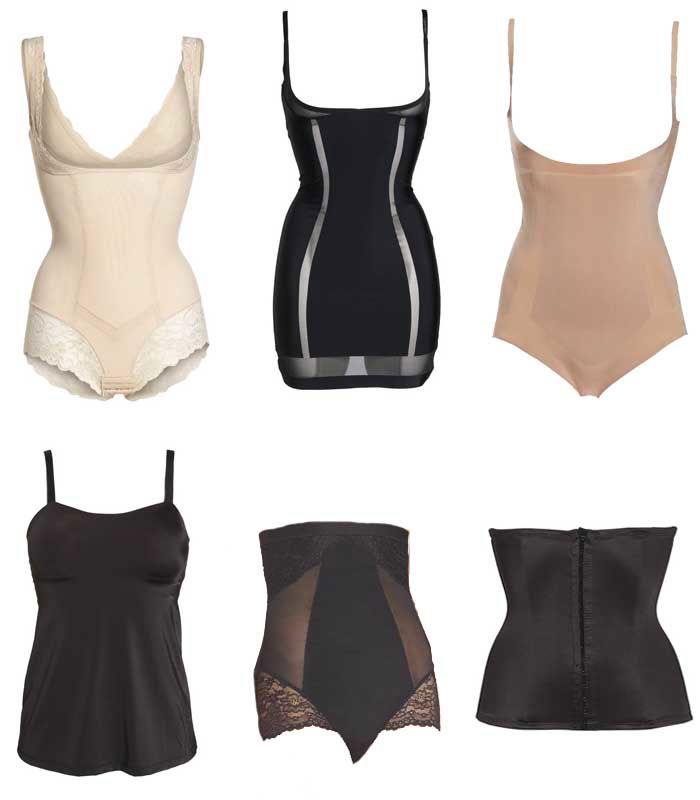
Lycra was the brand name given by DuPont to the final version of spandex. Full-scale production by DuPont started in 1962. DuPont is currently the world leader in spandex production. Lycra gained popularity as basic athletic wear due to its lightweight and flexible features.
Mankind has been inventing equipment since the beginning of life, but some inventions change or totally divert the path for a new whole industry. The above-mentioned equipment did the same for the fashion industry which now has been spread all around the world as still is growing at its peak. We look forward to many such inventions that take the fashion industry to a whole new level.
